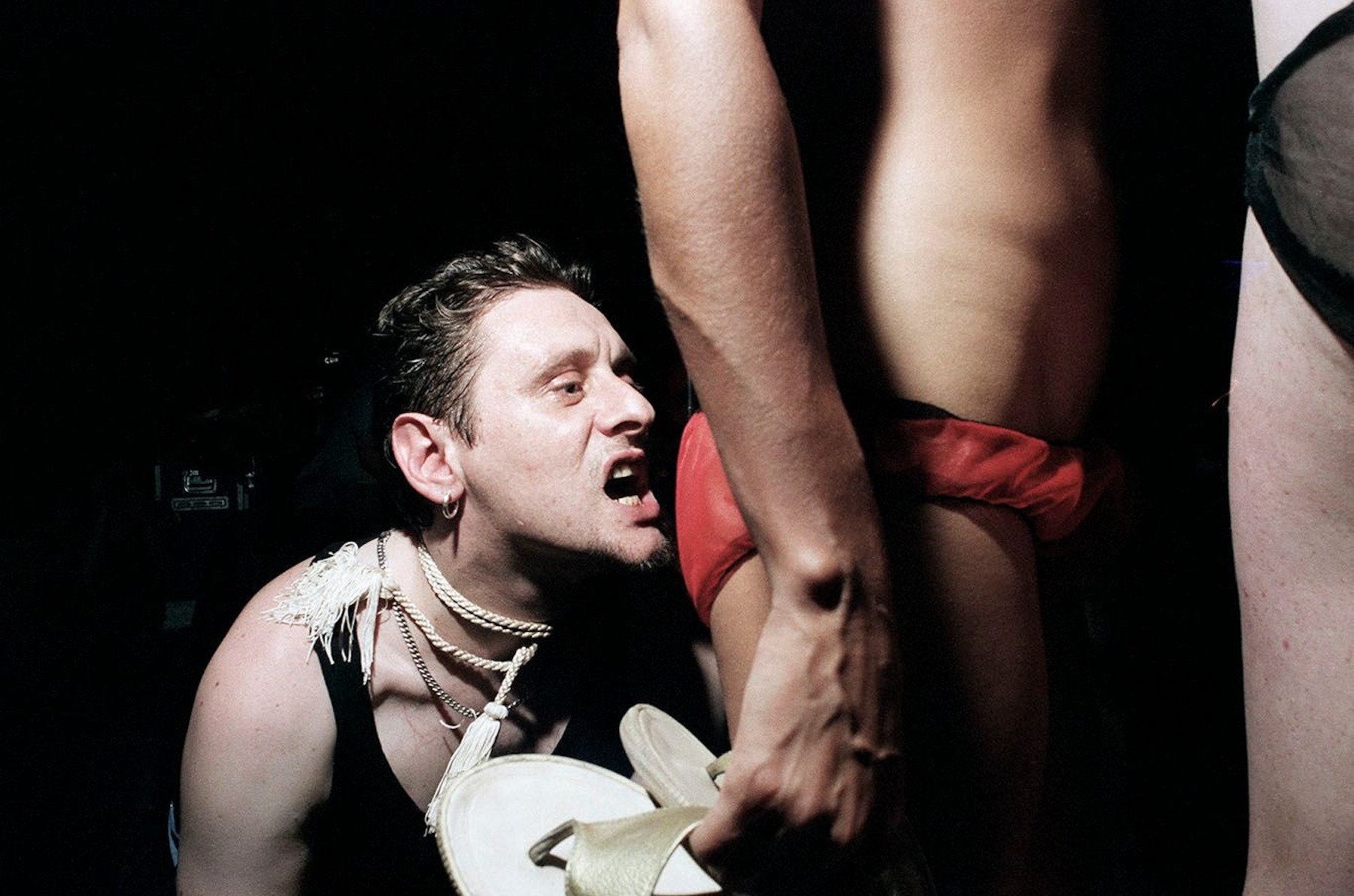Nowadays, nightlife is dominated by two ubiquitous concepts: the iPhone and the immersive event. Parties are geared towards the grid, towards the creation of content that proves we were there, we were alive, we were well-dressed, we were drinking and dancing (in a photogenic way). Then, it’s last orders and Ubers. Partying is pre-ordained and well constrained. It wasn’t always like this though. It used to be fun. Or at least, it looked like it was.
In the 90s and 00s, an era before social media and high megapixel-count cameras with us at all times, clubbing used to look — and feel, presumably — very different. It’s that halcyon era of uninhibited debauchery that photographer Jason Manning celebrates in his new exhibition, Night By Night.
“Shooting nightlife allows you to observe people in certain states of abandon and release,” says Jason. “Nightspots encourage revealing behaviours that we can all identify with, I think. There’s something quite primal and fundamental about needing to briefly escape the often banal rigours of daily working and domestic life and get lost for a few hours in a kind of celebratory catharsis. These kinds of nocturnal activities mean different things to different people, of course, but they certainly open up a rich and often explicit visual landscape.”
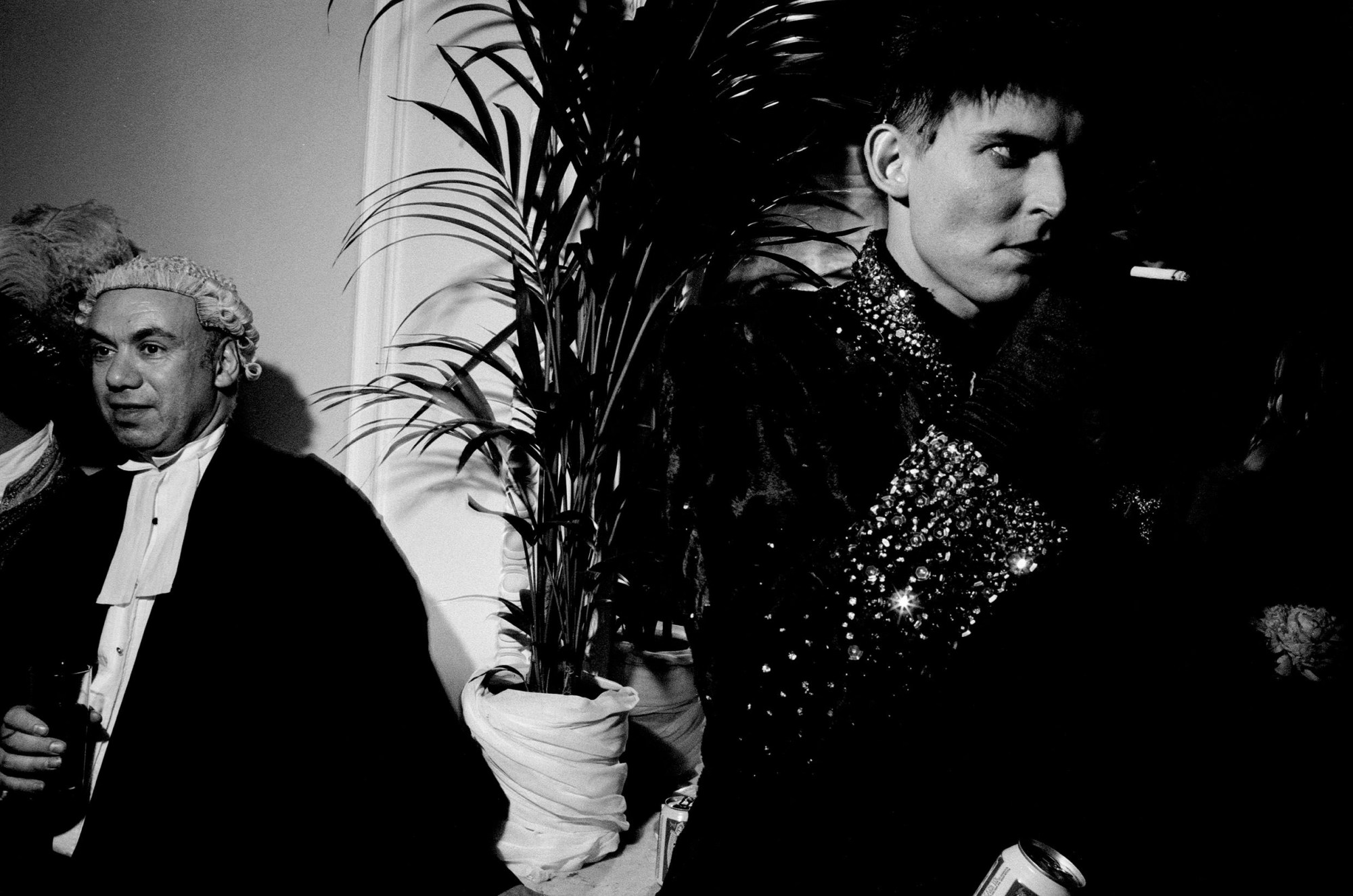
Beginning in 1997, Jason spent a decade chronicling the best and biggest parties across the world, from London, Manchester and Wigan to Moscow, Helsinki, Detroit, Paris and Belgrade. The result is a collection of images that documents both the clubs of the era and the ebb and flow of the social energy that unfolds within those spaces. Inspired by his time at art college in the early 90s, when students were encouraged to try a range of disciplines before specialising, Jason’s work is informed by a number of photographic influences — from 60s American street photographers and the likes of Henri Cartier Bresson. “I failed to get onto a degree course, so I went to India for six months instead,” Jason says of his early years. “It was always a social documentary thing for me — a kind of self-initiated photographic odyssey.”
For him, club culture was not just a place to party but a physical and mental space for the suspension of the burden of everyday life through the conspicuous consumption of drink, narcotics, relationships and time. “I’m looking for rarefied moments that people can identify with,” says Jason. “Ideally everyone can take something away from the work, however small or apparently insignificant.”
It’s an approach that’s not without its dangers, however. “Not everyone wants to be photographed and that’s fair enough”, says Jason, who has had more than a couple of hairy moments on the dance floor, one even culminating in a black-eye in Moscow. “My approach in the main has been to shoot first and then answer questions later. I sometimes think I should’ve had more grief, but after a while you become practised in recognising potential trouble and you learn to negotiate more effectively and get your material.”
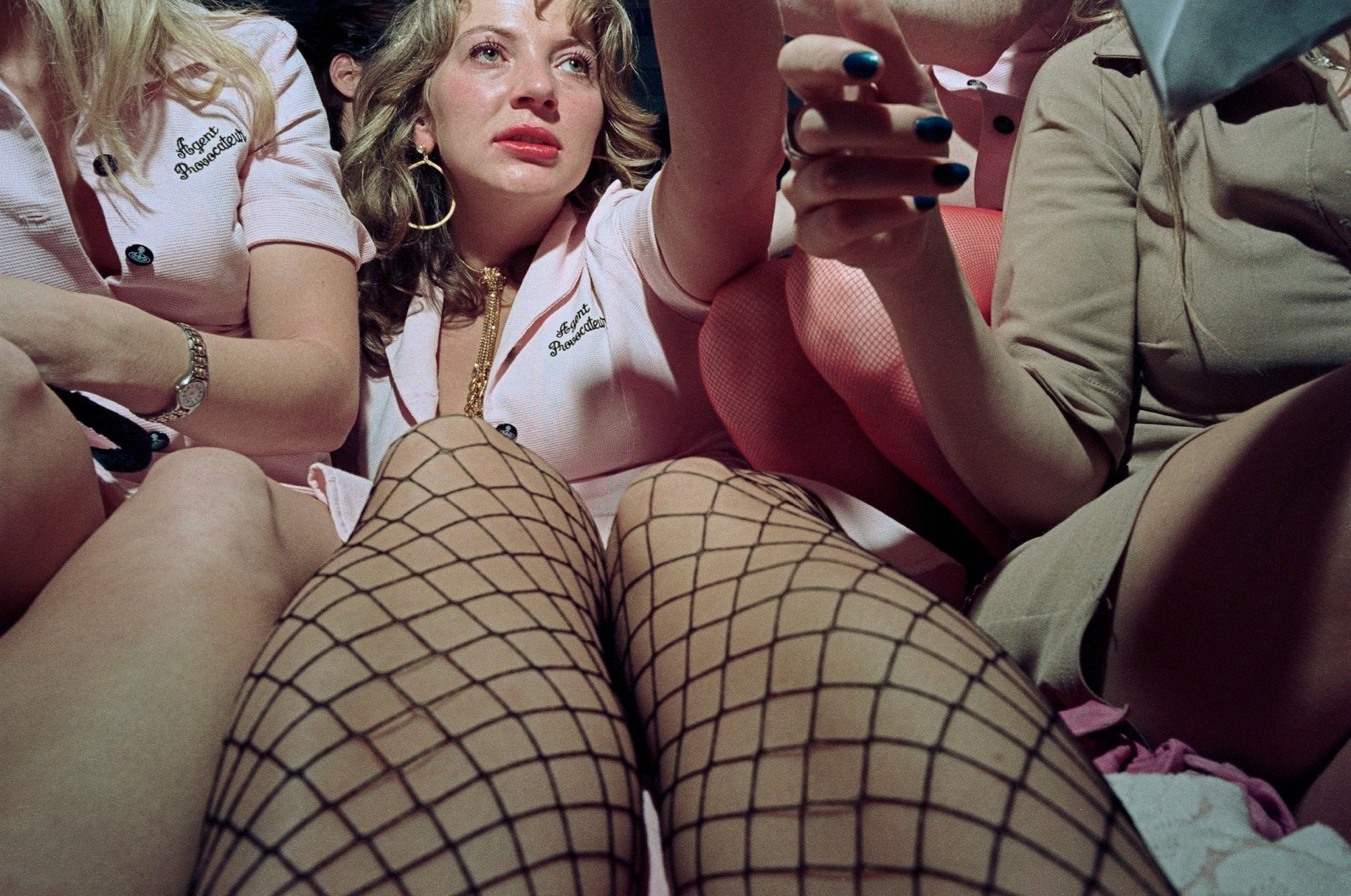
Opening next week at Gallery46 in London, the pictures in this series depict the end point of that practice: moments of narcotic tenderness that navigate the choreography of intoxication, capturing fleeting moments of late night culture at its best and most uninhibited. This is a gonzo-style look at nightlife, one that doesn’t exist anymore when we’re so attuned to the presence of camera flashes on the dance floor.
“People are more photo aware these days because photography is more accessible, and everybody is engaged with it on some level,” Jason says. “People are more aware of potential picture or video moments and respond accordingly. The internet evidences this of course, and I think people can be wary of where their image might end up. Most people will be more amenable to being photographed if they are enjoying themselves and having a good night out and that has always been the case, I suppose. If you’re after documentation of something outside of that, people who are not so sure, who make for potentially more interesting subjects, then an appropriate approach has always been a necessary part of coming back with that kind of material.
“In the current cultural climate, the difference might be that people have a more pronounced sense of entitlement to not be photographed and choose to exercise it more readily. Fine. But they might be missing out on being part of the documentation process, albeit one that is more diluted, amorphous and far-reaching than it ever has been.”
Night By Night opens at Gallery46 on 1 April.
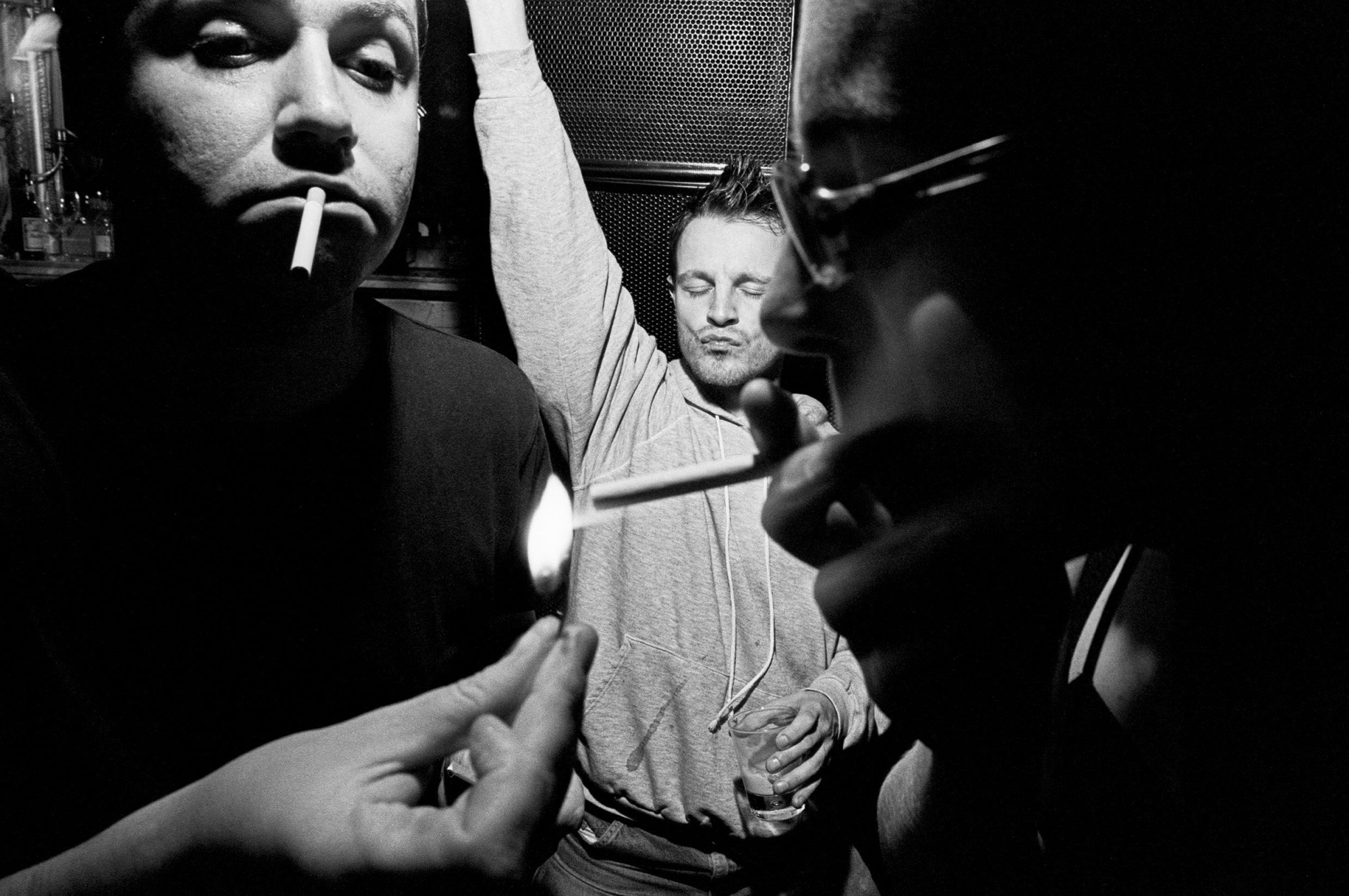
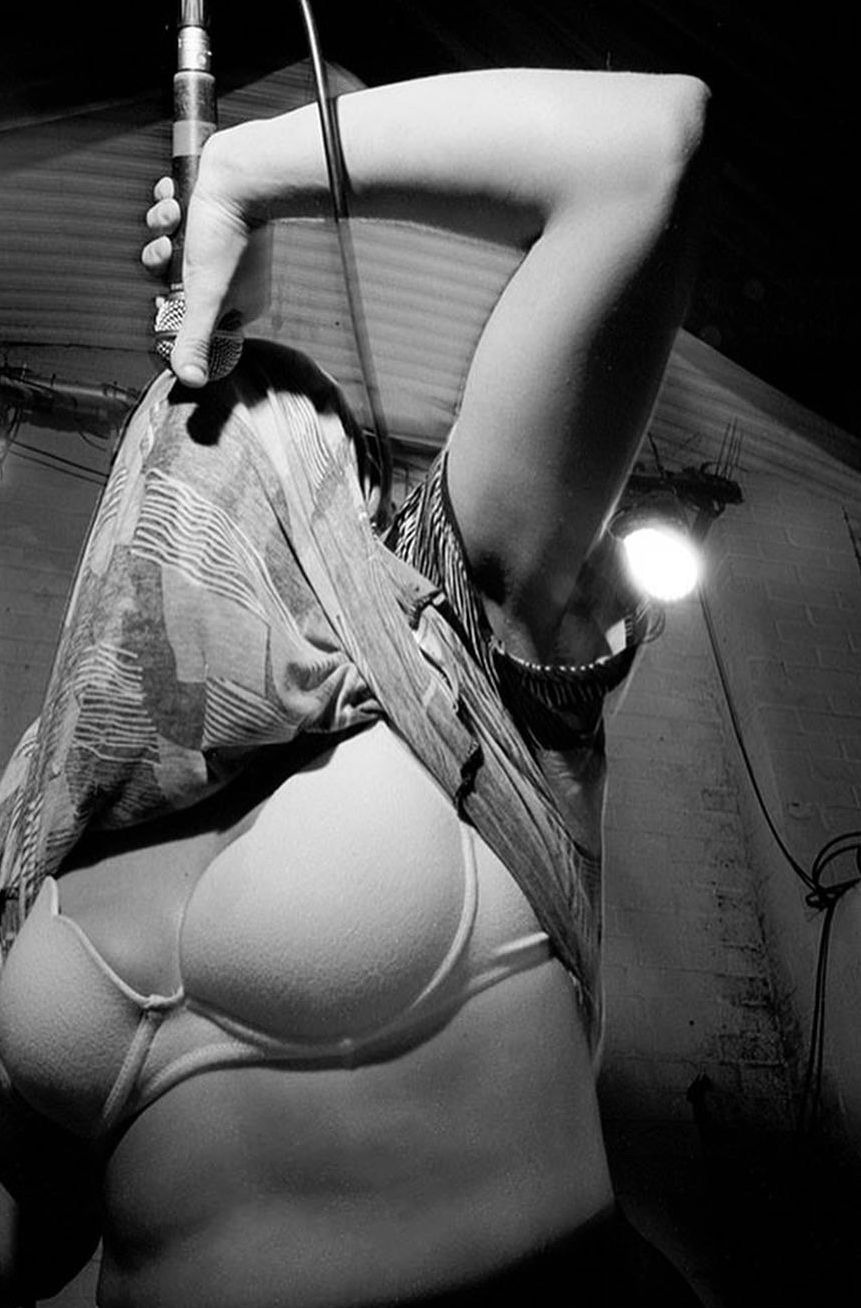
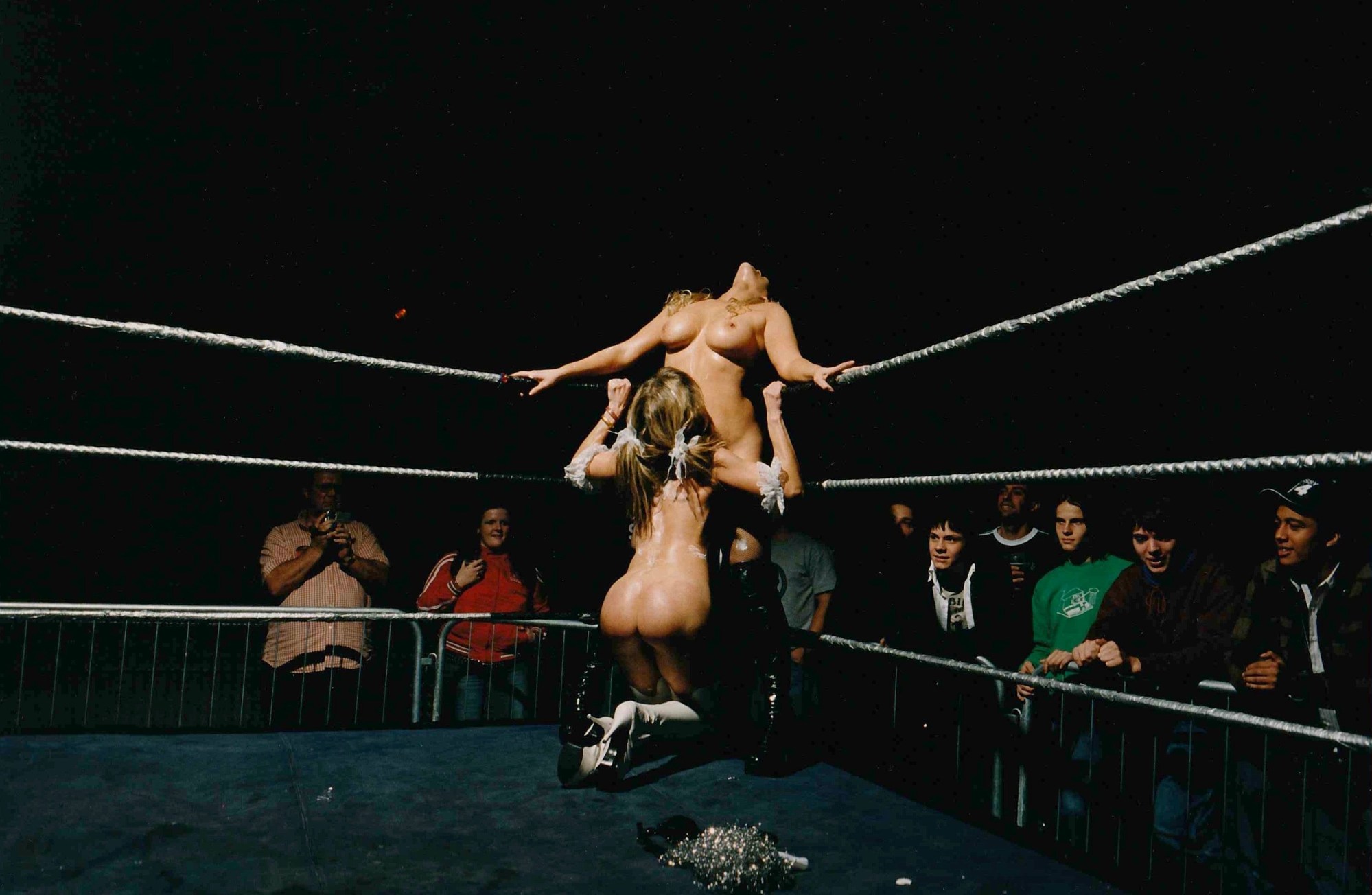
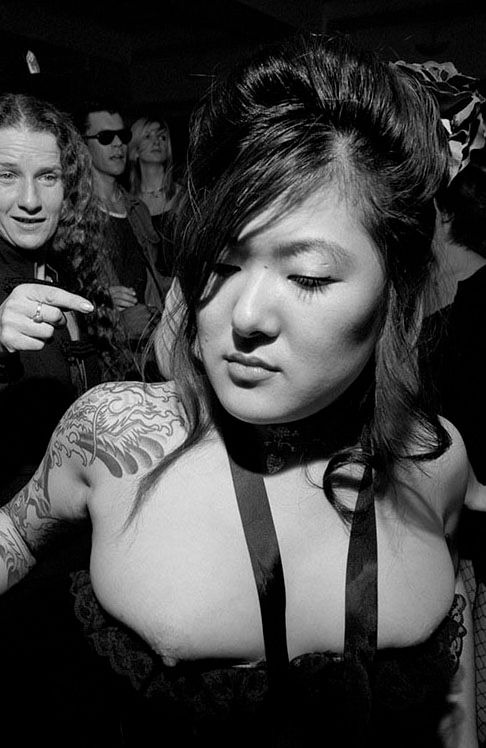


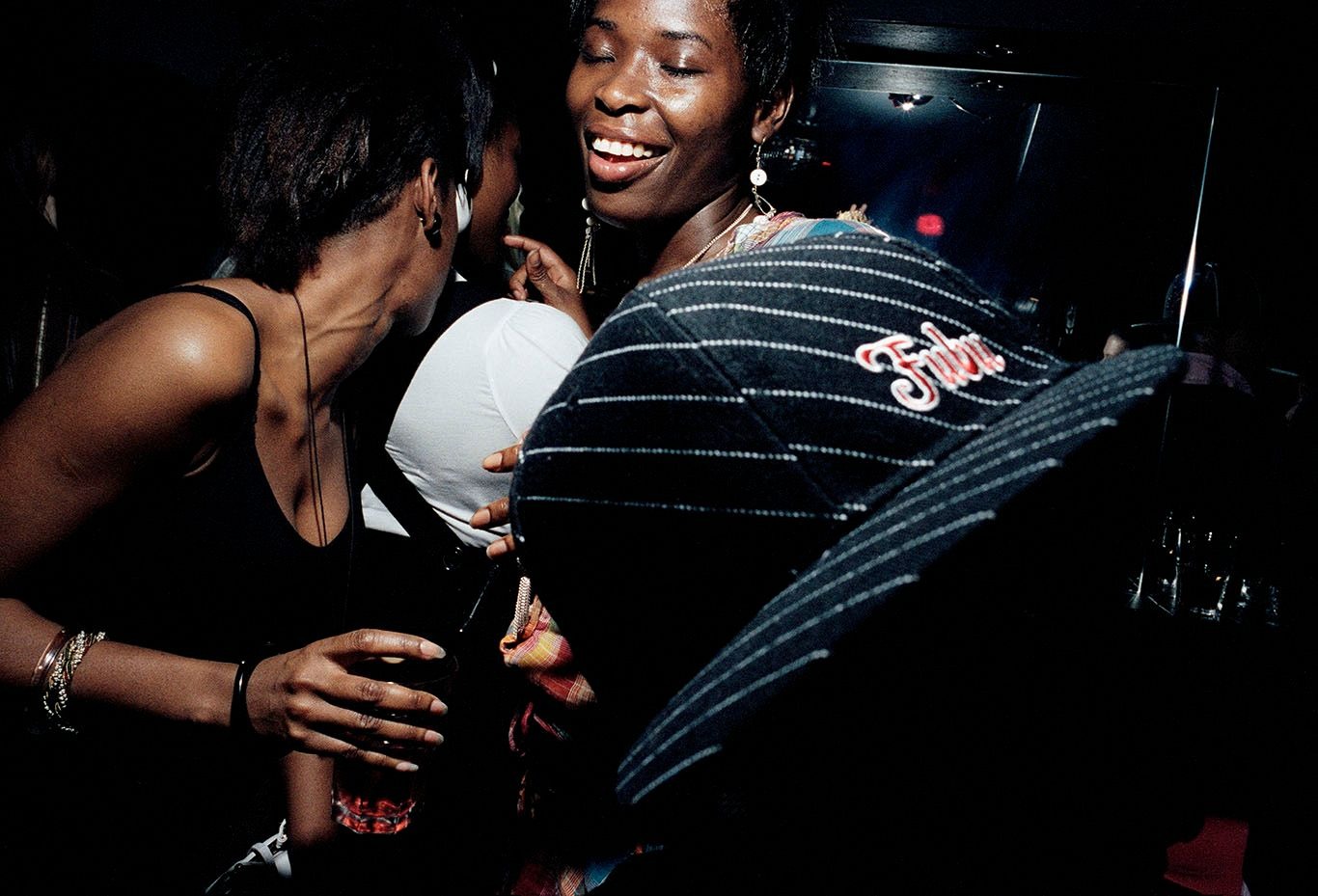

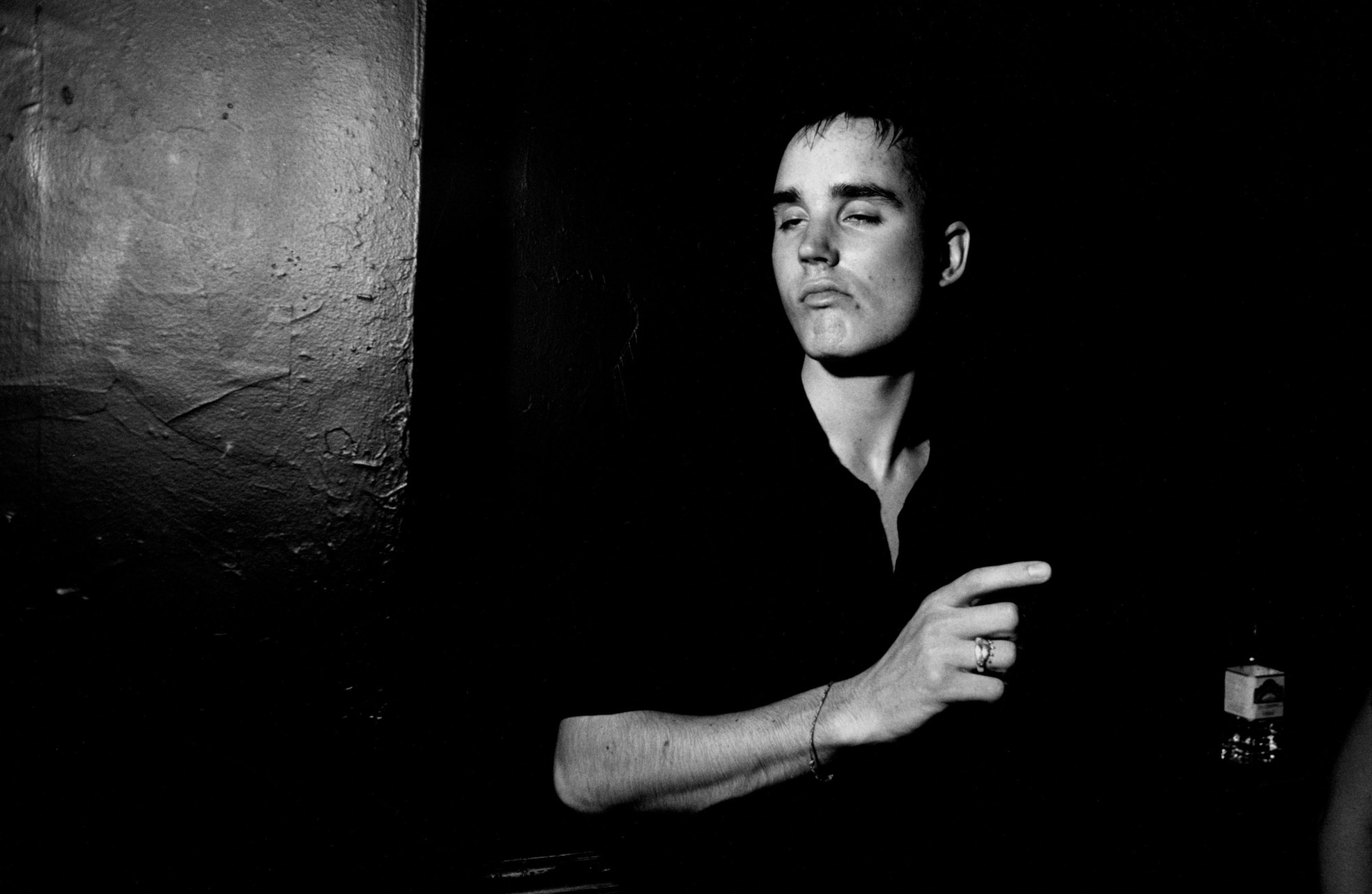
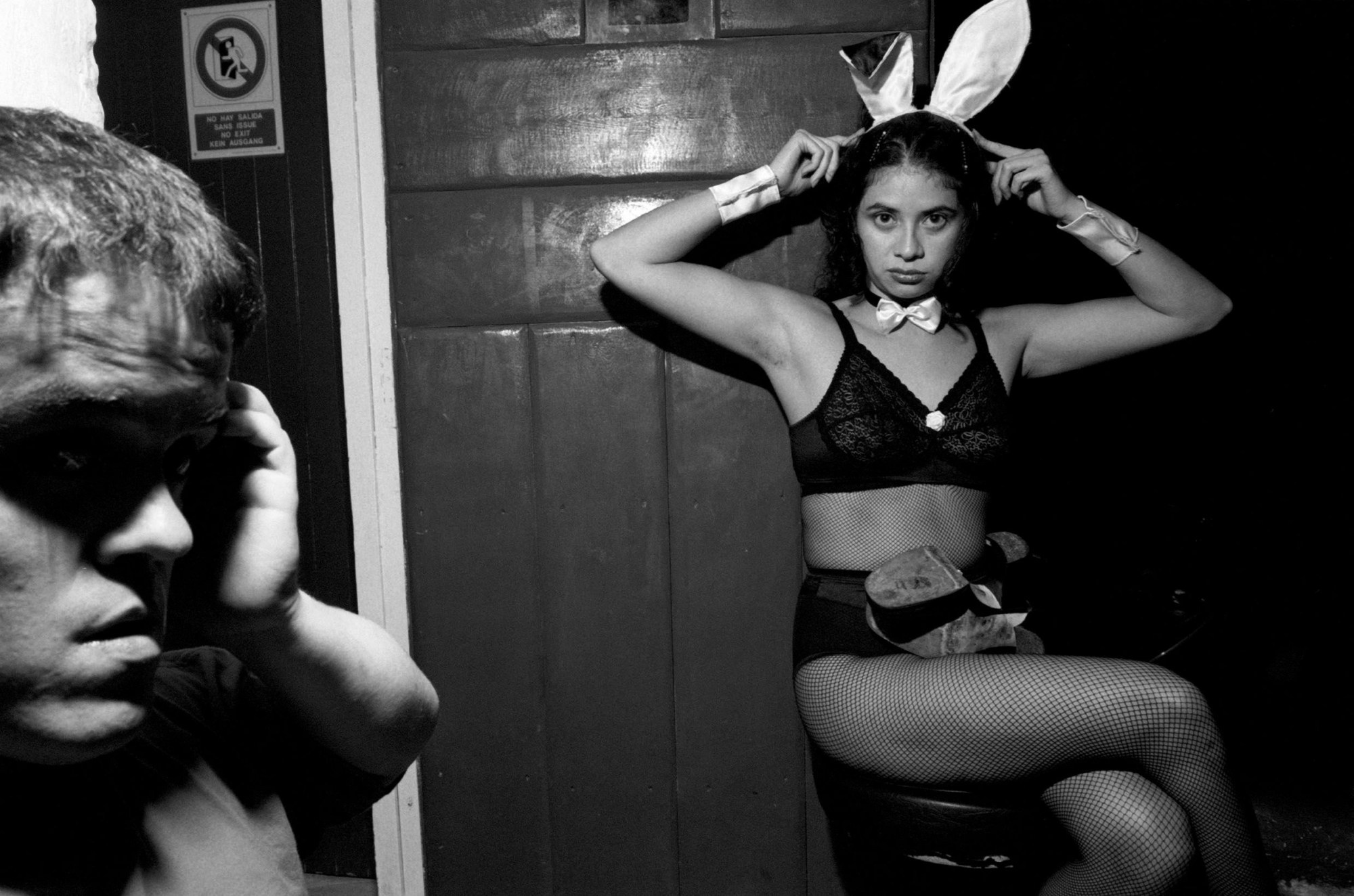
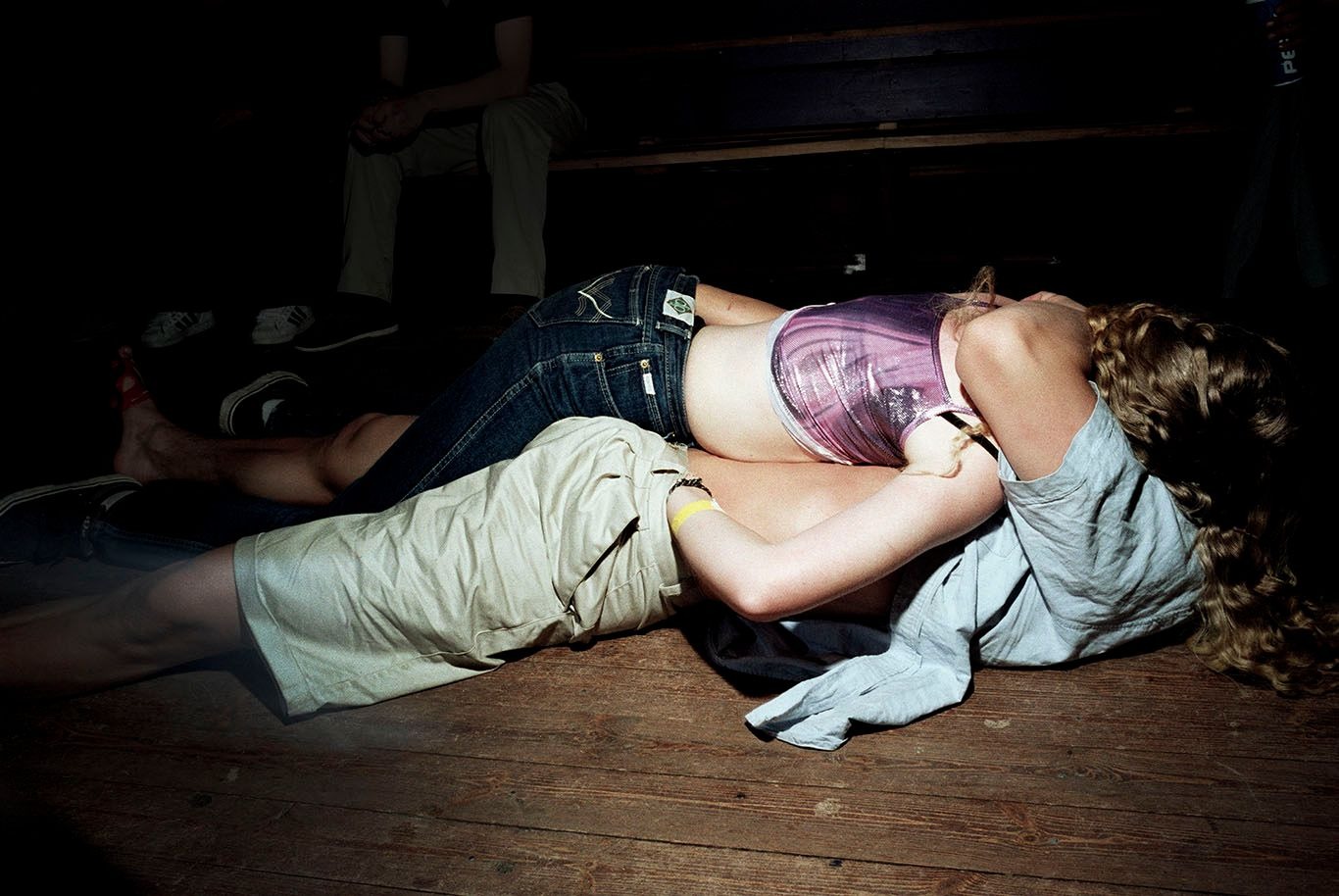
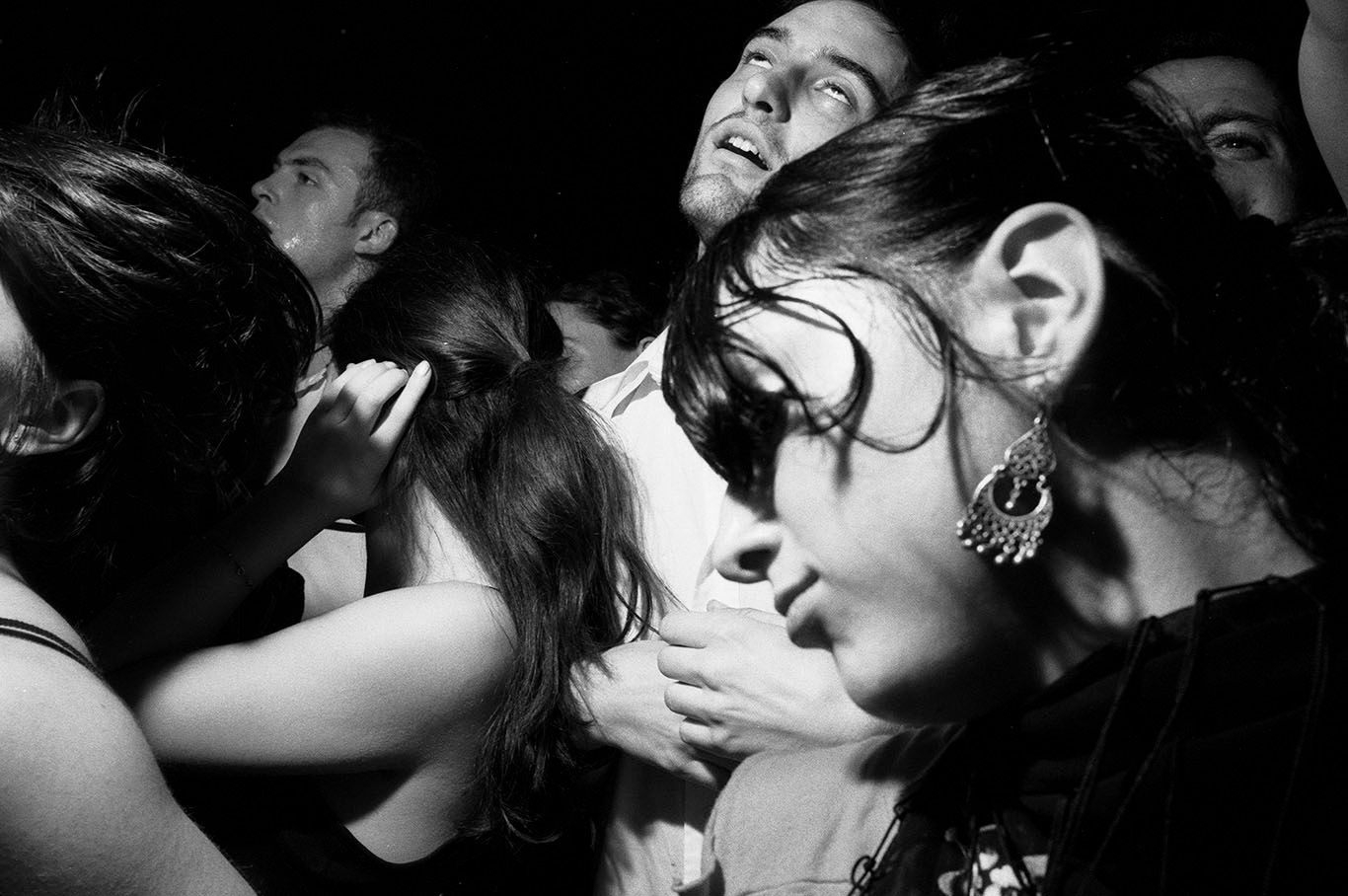
Credits
Photography courtesy of Jason Manning
